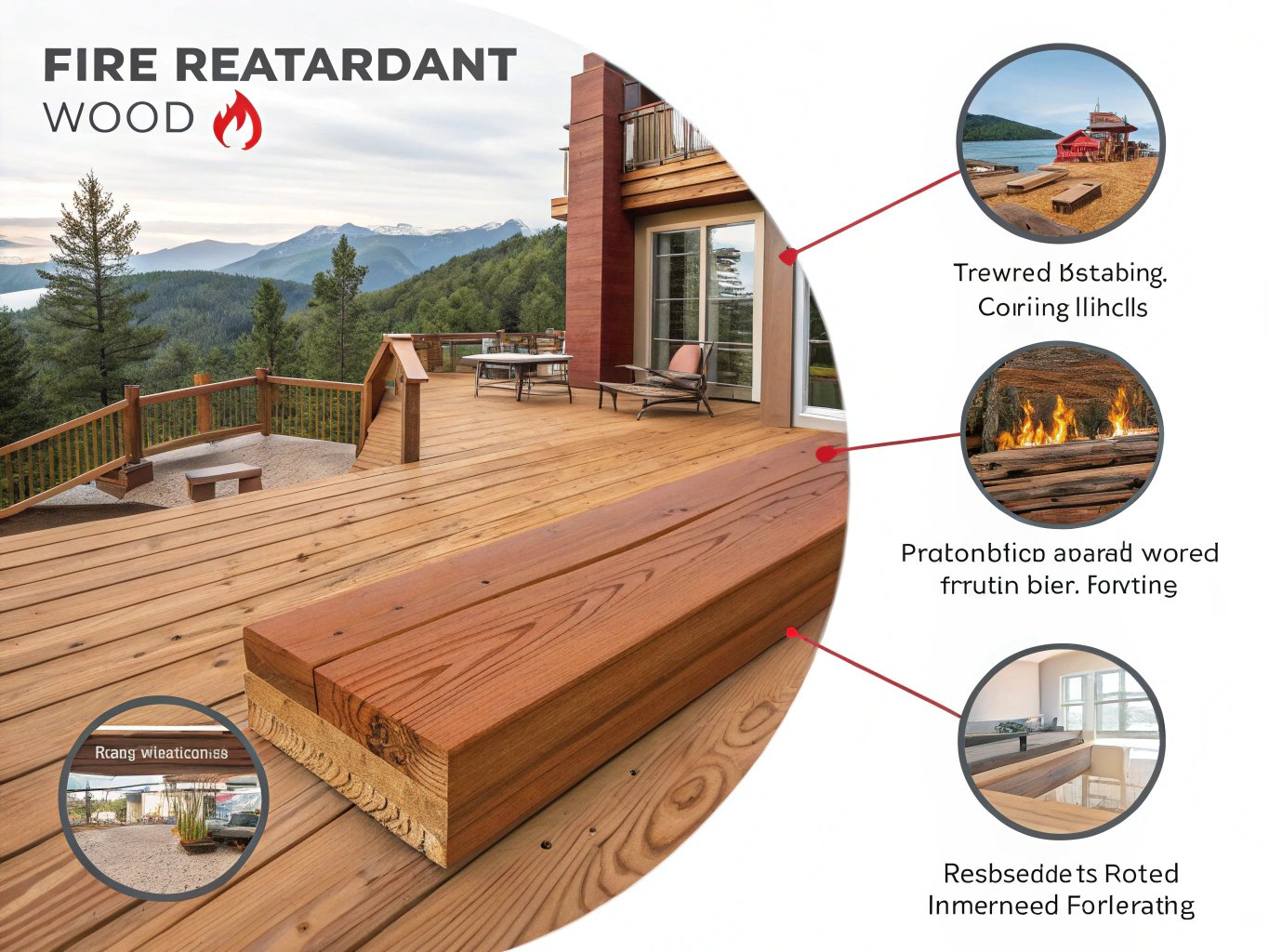
Fire retardant wood is an essential material for safety-conscious builders and homeowners. What makes this wood fire-resistant, and how can it benefit your projects? Let’s find out.
Fire retardant wood is specially treated to enhance its resistance to fire, significantly improving the safety of structures and reducing fire hazards. The treatment process involves impregnating the wood with fire-retardant chemicals that prevent or slow the spread of flames, helping to protect both the material and surrounding areas in case of a fire. This type of wood is especially beneficial for use in high-risk environments, such as construction projects, outdoor decking, and interior furnishings, where fire safety is a top priority. In addition to its protective qualities, fire retardant wood offers the same aesthetic appeal and durability as untreated wood, making it an excellent choice for both functional and decorative applications. Understanding how fire retardant wood works, its benefits, and the variety of suitable applications can help you make informed decisions to ensure better fire protection in your projects..
Fire safety is a priority in both residential and commercial construction, and fire retardant wood plays a vital role in reducing the risk of fires. Whether you’re planning a new home or renovating an existing space, understanding the properties and uses of fire retardant wood is crucial. Keep reading to explore how it works and how it can be used in your projects.
✔
Fire retardant wood is treated with chemicals that help it resist flames, delaying combustion and reducing the spread of fire.
✖
Fire retardant wood is not fireproof. It only slows down the ignition and spread of flames but doesn’t prevent it entirely.
What is Fire Retardant Wood?
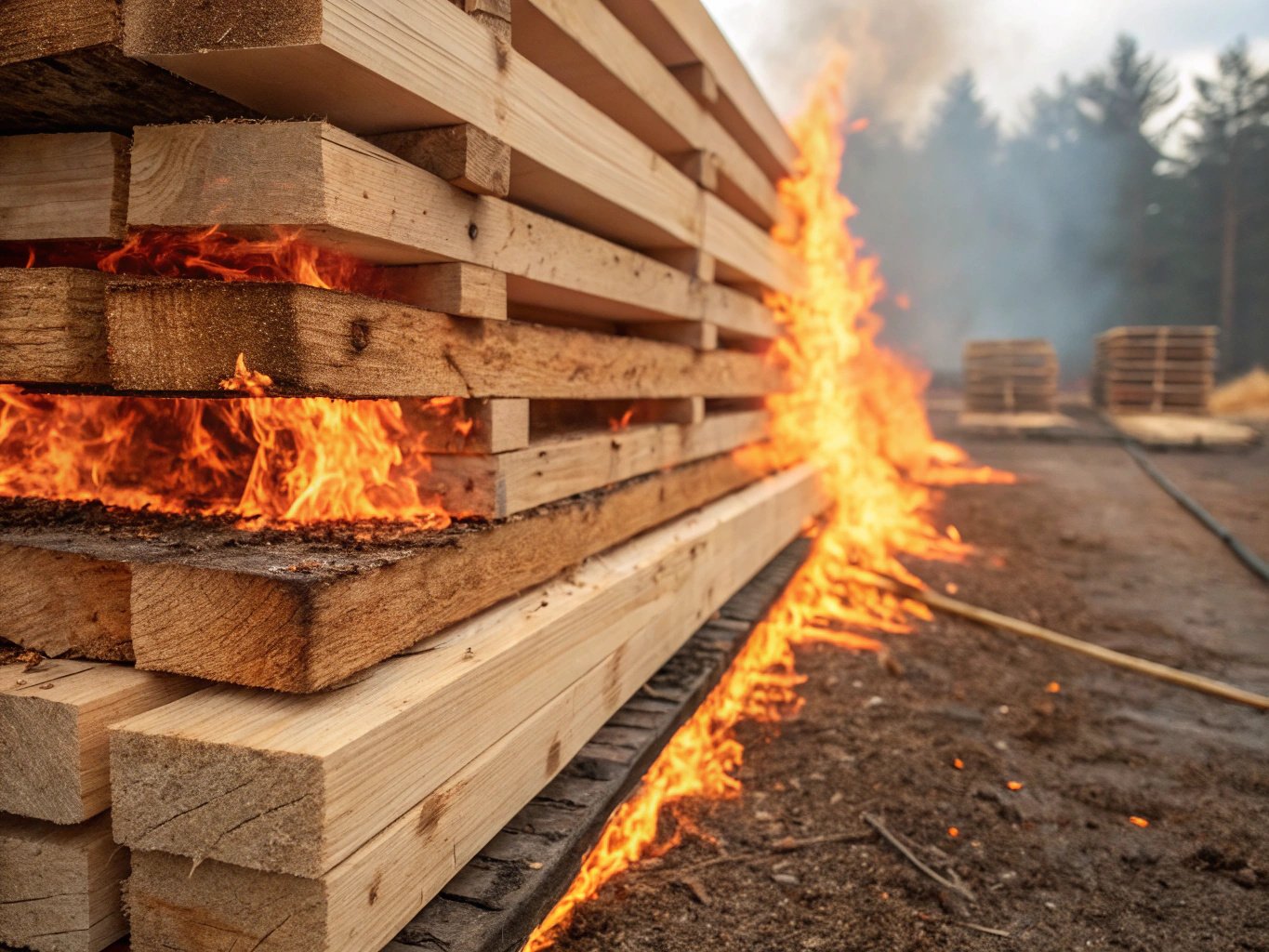
Fire retardant wood is wood that has been specially treated to reduce its ability to catch fire. Unlike standard wood, which ignites quickly, fire retardant wood slows down the combustion process. This treatment makes it much safer in high-risk environments, like buildings, commercial spaces, and public facilities.
The chemical treatment of fire retardant wood forms a protective layer that inhibits flame spread. It does not make the wood completely fireproof, but it significantly reduces the chance of fire spreading and gives occupants more time to escape during emergencies.
How is Fire Retardant Wood Treated?
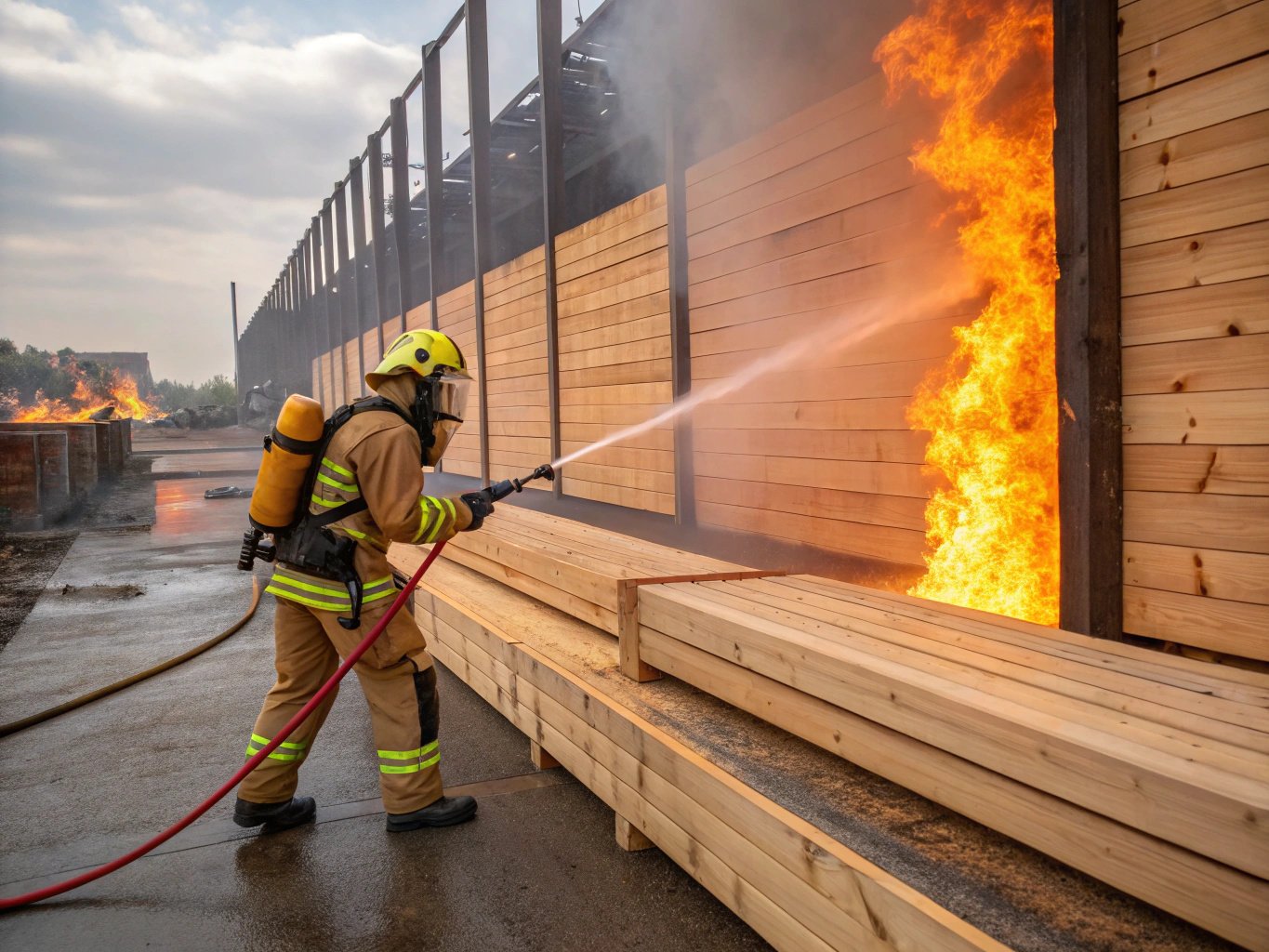
Fire retardant wood is treated using two main methods: pressure treatment and surface coating.
Pressure Treatment
In pressure treatment, wood is placed in a vacuum chamber where fire-retardant chemicals are forced deep into the wood fibers under high pressure. This process ensures the chemicals are thoroughly absorbed, creating a deep protective barrier.
Surface Coating
Surface coatings are applied directly to the wood, forming a protective layer that prevents the wood from catching fire. While not as durable as pressure-treated wood, surface coatings are often used for exterior wood applications or in areas that don’t require long-term durability.
Some of the most common fire retardant chemicals used in wood treatment include ammonium phosphate and borates, both of which help slow down combustion.
Benefits of Fire Retardant Wood
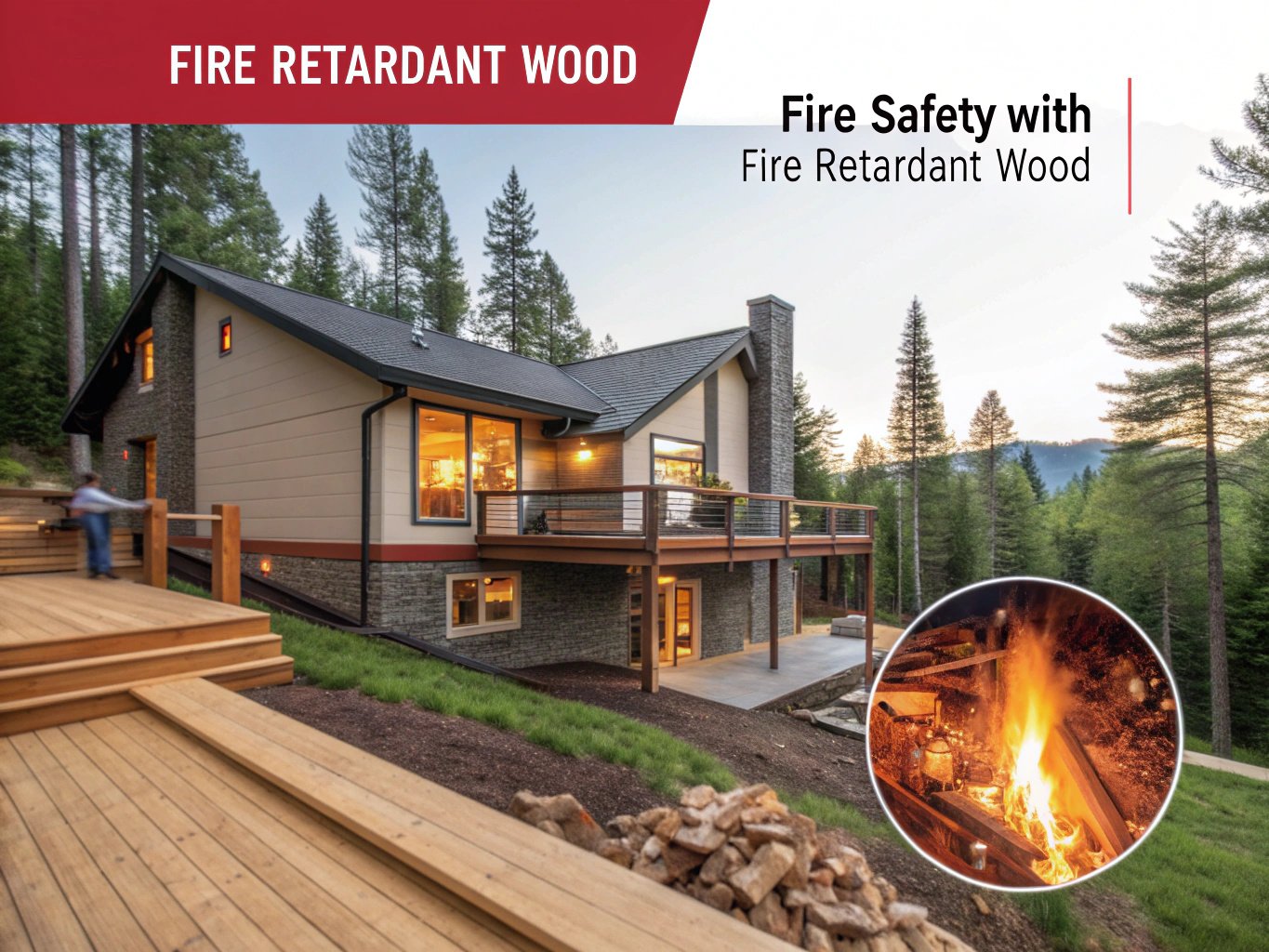
-
Improved Fire Safety
The most obvious benefit of fire retardant wood is its ability to slow the spread of fire, providing more time for evacuation and potentially saving lives. This makes it a popular choice for commercial and public buildings where fire safety is a priority. -
Meets Building Codes
Many local building codes require the use of fire retardant wood in specific areas of construction. Using this type of wood ensures that your project complies with regulations, especially in fire-prone areas. -
Durability
Fire retardant wood is not only resistant to fire but also more durable and weather-resistant than untreated wood. The treatment helps prevent decay and insect damage, ensuring your wood maintains its strength and appearance. -
Aesthetic Flexibility
Fire retardant wood is available in various finishes and textures, so it can still be used in aesthetic projects like decking, furniture, and interiors without compromising on safety.
Common Applications of Fire Retardant Wood
Commercial Buildings
Fire retardant wood is commonly used in commercial buildings, particularly in areas like ceiling beams, stairways, and wall paneling where fire safety is a concern.
Home Building
For residential projects, fire retardant wood is used in areas that require additional fire protection, such as attics, basements, and exposed beams.
Outdoor Furniture and Decking
Fire retardant wood is increasingly used for outdoor furniture and decking, especially in areas prone to wildfires. It helps ensure that outdoor spaces remain safe and that the wood is durable enough to withstand the elements.
Fireproofing in Airports and Railways
Fire retardant wood is used extensively in public transportation facilities like airports and train stations, where fire prevention is critical to safeguard large crowds.
Choosing the Right Fire Retardant Wood for Your Project
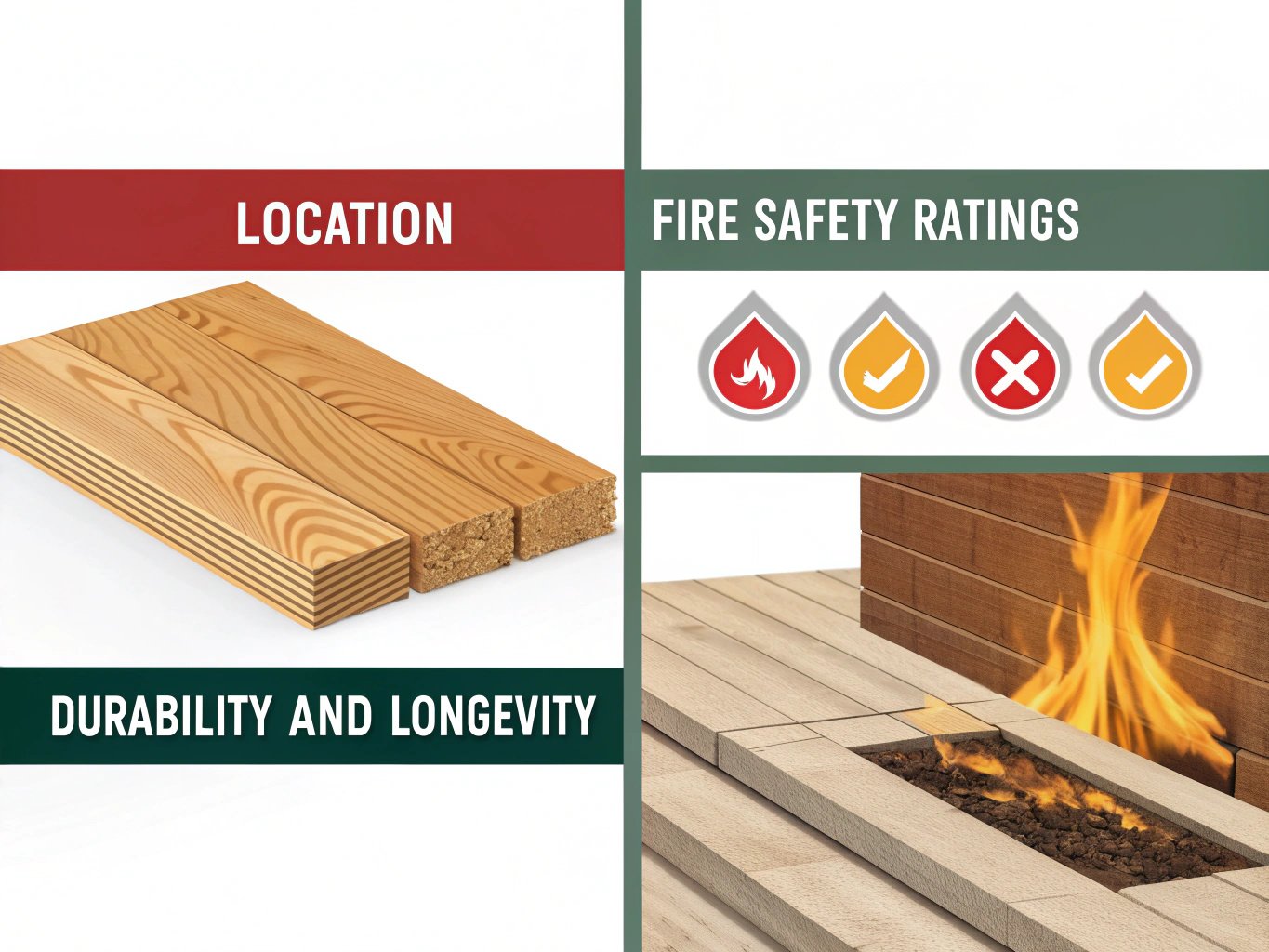
When selecting fire retardant wood, there are several factors to consider:
Location
Think about where the wood will be used. For outdoor use, look for pressure-treated fire retardant wood that offers long-lasting protection. For interior use, surface coatings may suffice, but make sure they meet the required fire safety standards.
Fire Safety Ratings
Make sure that the fire retardant wood you select has the appropriate fire safety rating for your needs. In the U.S., this is often determined by tests such as ASTM E84 (Standard Test Method for Surface Burning Characteristics of Building Materials).
Durability and Longevity
Pressure-treated fire retardant wood typically offers the longest-lasting protection, but it may come at a higher price. Consider the durability and how long you need the wood to last before making your decision.
Aesthetics
If aesthetics are important to your project, ensure that the fire retardant wood is available in a finish or texture that matches your design preferences.
Frequently Asked Questions
How long does fire retardant wood last?
Fire retardant wood can last for several years, especially if pressure-treated. Surface-treated wood may require more frequent reapplication of protective coatings.
Is fire retardant wood expensive?
Yes, fire retardant wood is generally more expensive than untreated wood due to the additional chemical treatment and processing.
Can fire retardant wood be used for interior décor?
Absolutely! Fire retardant wood can be used in interior décor like wall panels, cabinetry, and trim. Just make sure it meets the necessary fire safety standards.
Conclusion
Fire retardant wood plays a critical role in enhancing safety in both residential and commercial construction. By understanding how it’s treated, its benefits, and its various applications, you can make an informed decision about whether it’s the right material for your next project. Whether you’re building a new home or updating your current space, incorporating fire retardant wood ensures a safer, more durable environment for years to come.
Is fire retardant wood right for your construction project? Learn more here.
